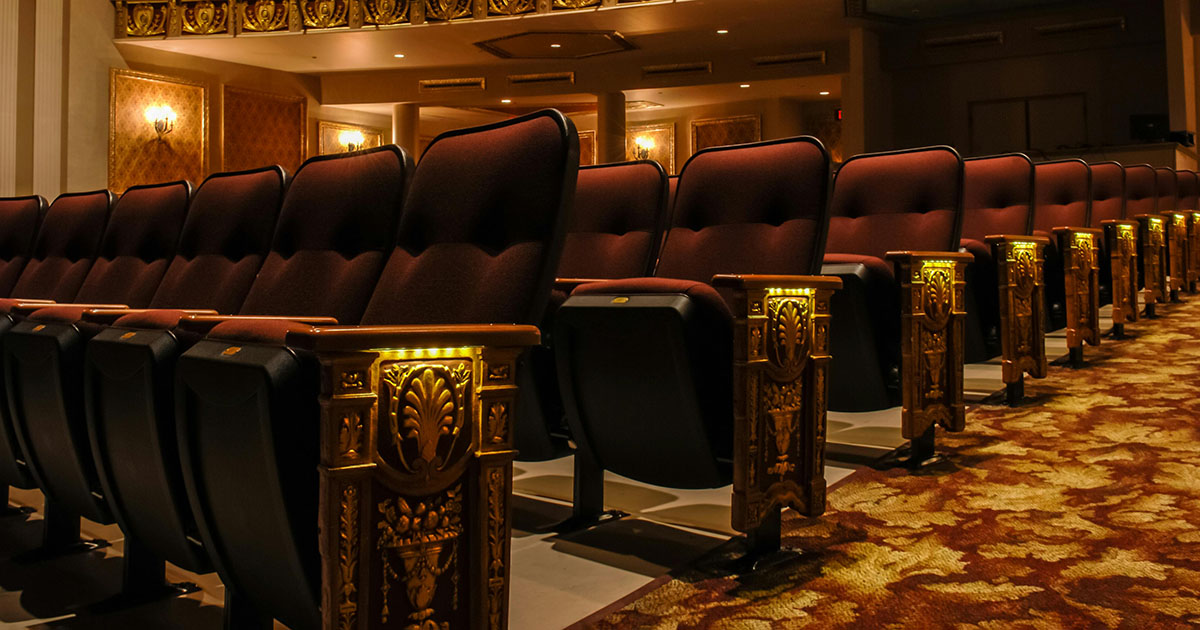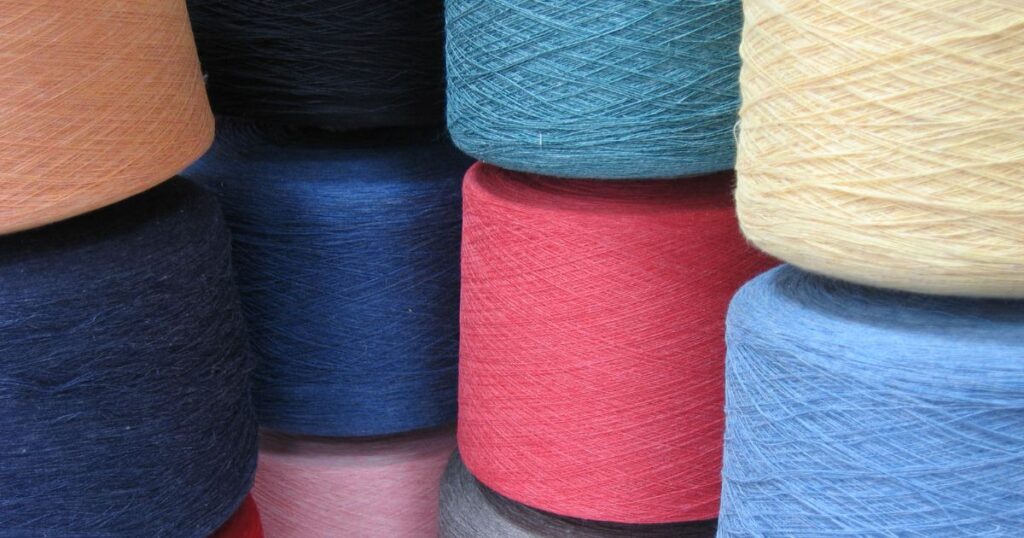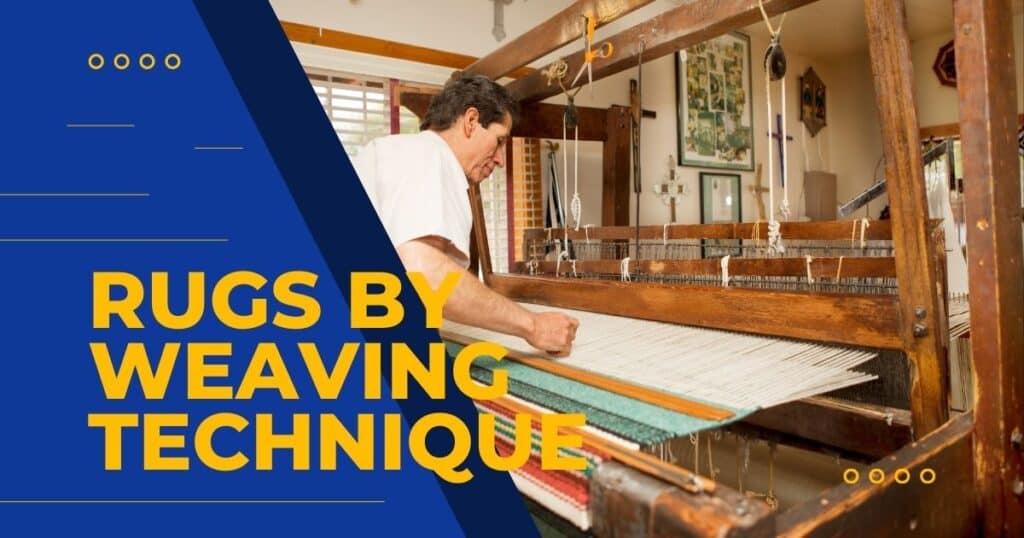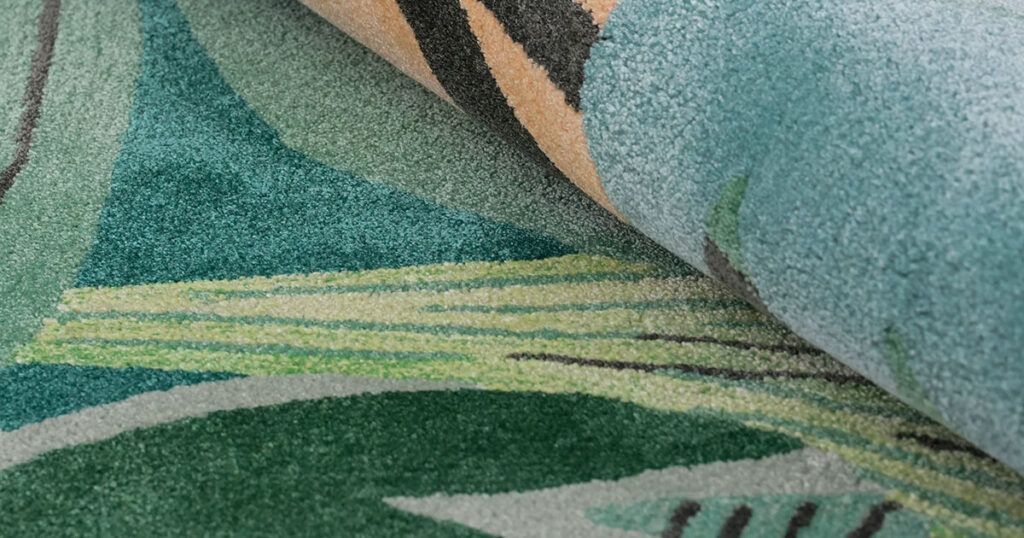When it comes to creating the perfect cinema experience, the flooring beneath your patrons’ feet plays a crucial role that’s often overlooked.
The right carpet does more than just look good
It shapes acoustics, enhances comfort, and contributes to the overall atmosphere that keeps moviegoers coming back.
Why Carpet for Cinemas
Cinema carpeting isn’t just about aesthetics—it serves multiple critical functions. Quality carpets reduce echoes and improve sound clarity by absorbing sound that would otherwise bounce around the theater. They minimize distracting footsteps and dropped items, creating a more immersive viewing experience.
Beyond acoustics, carpets create a welcoming environment through comfort underfoot, provide essential slip resistance in darkened spaces, set the mood from the moment visitors enter, and practically hide inevitable spills and stains between cleanings.
Whether you’re building a new multiplex, renovating a boutique theater, or refreshing a historic cinema, the carpet you choose will impact both patron experience and your operational costs.
Choosing the Right Cinema Carpet
Acoustic Performance
Superior sound is fundamental to the cinema experience, and your carpet choice significantly impacts this. Carpet fibers trap sound waves rather than reflecting them, reducing echo and reverberation in the theater. This absorption is crucial for dialogue clarity and preserving the sound mix that filmmakers intended. Carpets also drastically reduce footfall noise from late arrivals or staff cleaning, and help contain sound within individual auditoriums, preventing bleed between theaters.
For optimal acoustic performance, consider carpets with higher pile density, medium to deep pile height, and quality underlay padding underneath. Ensuring full floor coverage including steps and aisles creates a continuous sound-absorbing surface that enhances the overall sonic environment.
Eye-Catching Aesthetics
The visual impact of your carpet sets the tone for the entire cinema experience. Classic dark reds evoke traditional theaters, while modern cinemas might use bold geometrics or branded colors to create distinction. Complex patterns serve the practical purpose of hiding stains better than solid colors—an important consideration for high-traffic areas.
Many manufacturers can incorporate logos or themed patterns that reinforce your brand identity. Consider different designs for lobbies, corridors, and auditoriums to create visual zones that guide patrons through your space. Remember that carpet patterns remain visible even in low light, subtly directing traffic and creating atmosphere even when the main lights are dimmed.
Durability for High-Traffic Areas
Cinema carpets face extreme challenges: constant foot traffic, food and drink spills, and the need for frequent cleaning. Your fiber choice will largely determine how well your carpet stands up to these demands.
Nylon (polyamide) is the workhorse of cinema carpets, offering excellent resilience, stain resistance, and cleanability. For luxury venues, wool or wool-blend carpets provide natural fire resistance and a luxurious feel, though at a higher price point. Budget-conscious projects might consider polypropylene, which offers good stain resistance though less durability than nylon under heavy traffic.
Most cinemas use tufted carpets due to their balance of performance and cost. Look for dense, low-pile commercial constructions that withstand heavy traffic while allowing for wheelchair accessibility. The decision between cut pile (plusher feel) and loop pile (better wear resistance) should be based on your specific needs and traffic patterns.
Whatever your choice, insist on commercial-grade carpets specifically rated for heavy use in public spaces to ensure longevity.
Fire Safety and Compliance
Safety is non-negotiable in public venues like cinemas. Your carpet must meet strict fire codes, though standards vary by region—North American venues typically follow ASTM E648, while European facilities adhere to EN 13501-1. Look for Class I fire ratings for critical areas and ensure low smoke emission properties.
Never compromise on fire safety certifications. Always verify that your chosen carpet meets local building codes and request documentation from suppliers. Remember that in many jurisdictions, fire marshals will specifically inspect flooring materials during their reviews, so compliance isn’t optional.
Maintenance and Cleaning
The ease of maintaining your carpet will directly impact your operational costs and the longevity of your investment. Solution-dyed nylon is particularly valuable in cinema environments because the color runs throughout the fiber, making it bleach-cleanable when necessary. Look for carpets with stain-resistant treatments that repel liquid spills before they set and soil-hiding patterns that camouflage dirt between cleanings.
Some venues are now exploring modular options like carpet tiles that allow for easy replacement of damaged sections without disrupting the entire floor. Whatever you choose, establish a regular cleaning schedule from day one—including nightly vacuuming and periodic deep cleaning—to protect your investment and maintain appearance.
Different Cinema Types, Different Carpet Needs
Different types of cinema venues have distinct priorities when it comes to flooring. High-volume multiplexes typically focus on solution-dyed nylon broadloom for durability, bold patterns to hide stains, cost-effective maintenance, and consistent brand design across locations.
Boutique and luxury cinemas emphasize creating a premium atmosphere through plush, high-quality tufted carpets, often using wool blends for a luxury feel. These venues typically choose sophisticated designs that complement the overall decor and may invest in custom patterns that reflect the venue’s unique character.
Independent and historic theaters often balance budget constraints with character preservation. Their carpeting typically features creative or nostalgic design schemes that reinforce brand identity while striking a balance between affordability and durability. These venues must also ensure compatibility with the architectural character of often older or unique spaces.
Installation Considerations
The installation process is just as important as the carpet itself. Most cinema carpets are installed using either direct glue-down or double-stick (with underlay) methods. Wall-to-wall broadloom creates a seamless look, while modular tiles offer easier maintenance and replacement options.
Timing and coordination are crucial—you’ll need to align carpet installation with seating placement and work by other trades. Proper subfloor preparation, including moisture testing and leveling, ensures your carpet will perform as expected.
Always work with experienced commercial carpet installers familiar with theater environments, as they’ll understand the specific challenges of sloped floors, steps, and working around fixed seating.
Plan for the practicalities of installation—including whether seats will need to be removed or how to minimize theater downtime during renovations. In new constructions, carpeting typically happens after painting but before seat installation, while renovations may require more complex scheduling to maintain some operational capacity.
Budget and Cost Factors
Investment in quality carpeting pays dividends in longevity and reduced maintenance costs. Higher-grade carpets may cost more initially but last longer and retain their appearance better over time. Consider the complexity of your installation—sloped floors, stairs, and custom cuts all increase labor costs.
When evaluating options, think about lifecycle value rather than just upfront expense. A carpet that lasts 10 years may be more economical than replacing a cheaper option every 3-5 years, especially when you factor in the disruption to operations. Don’t forget to include maintenance requirements in your calculations, including cleaning equipment and ongoing care.
Custom designs may increase costs but can significantly enhance the overall experience for patrons. Request detailed quotes that break down all costs, and pay attention to warranty coverage when comparing options—a manufacturer’s confidence in their product often reflects its quality.
Regional Influences
Carpet preferences and requirements vary around the world. North American cinemas typically focus on practical, stain-resistant solution-dyed nylon with bold patterns, especially in family-oriented theaters. Maintenance ease is a primary concern in this market.
European venues show greater use of wool and wool-blend carpets with more restrained, design-coordinated aesthetics. These facilities must adhere to particularly strict fire safety regulations, which influences material selection.
In the Middle East, cinema carpeting tends to emphasize luxury and premium feel through rich colors and sometimes culturally-inspired patterns. These venues must also consider dust management strategies in often desert climates, making fiber selection and maintenance plans particularly important.
Practical Tips for First-Time Buyers
If this is your first cinema carpet project, start with a clear brief that defines your needs, traffic levels, and aesthetic goals. Understand applicable fire codes before beginning your selection process, and verify compliance documentation for any carpet you’re considering.
Request physical samples to see and feel options in your actual space under your lighting conditions. Consider how you’ll maintain your carpet from day one, planning cleaning routines before installation. Seek expertise from suppliers with proven experience in cinema projects, as they’ll understand the unique demands of theater environments.
Plan ahead for manufacturing lead times and installation schedules to avoid delays in your opening or reopening. Budget for the long term by considering lifecycle costs rather than just initial investment, and order 5-10% additional carpet for future repairs or replacements to ensure exact dye-lot matching.
Final Thoughts
Your carpet choice is more than just a floor covering—it’s an integral part of creating an immersive cinema experience.
From controlling sound to setting the mood, the right carpet contributes to the magic of moviegoing in ways your patrons may never consciously notice but will certainly feel.
Take the time to explore your options, consult with experienced professionals, and select flooring that balances performance, aesthetics, and value. Your investment will pay dividends in patron comfort, operational efficiency, and the overall atmosphere of your venue.




